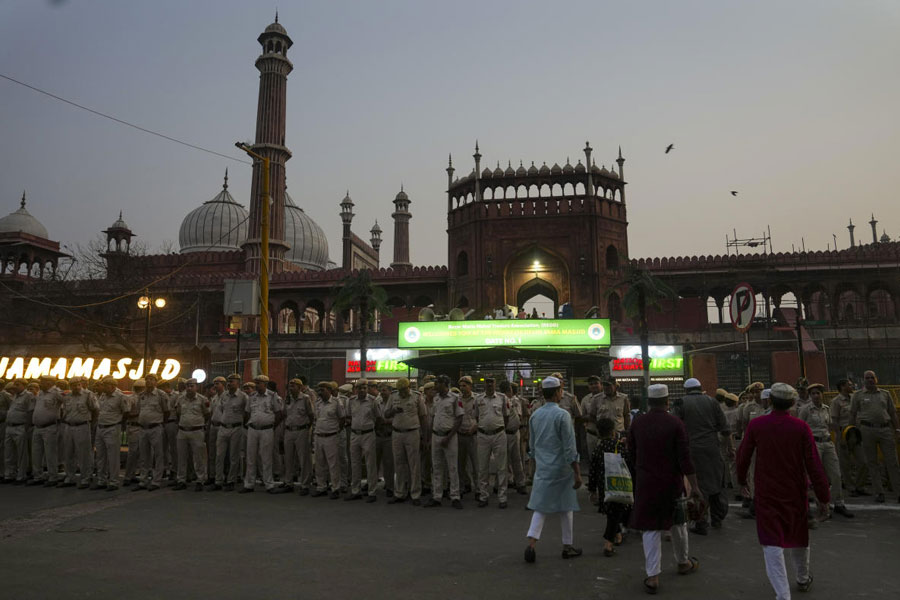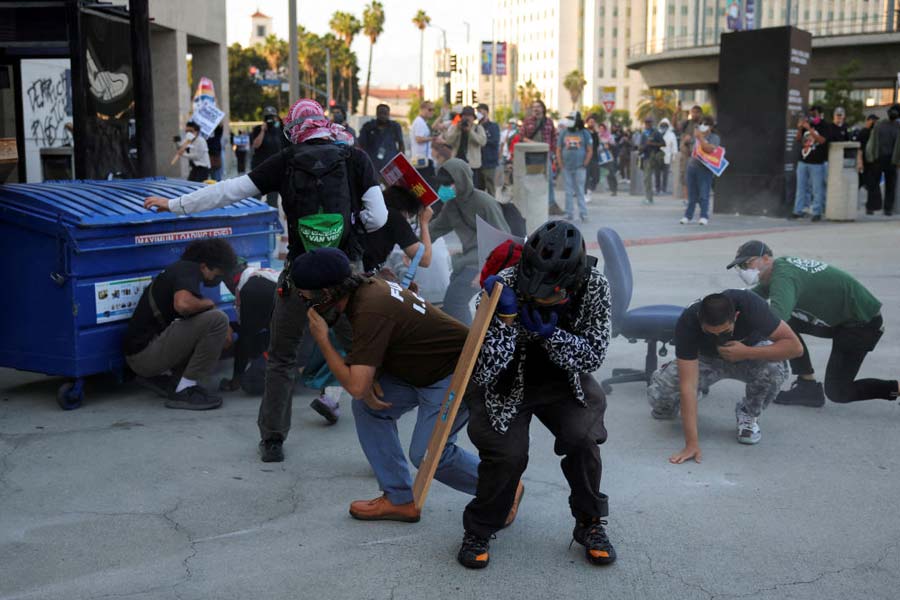|
|
| Freakish and arbitrary |
If the system was making so many errors in determining whether someone was guilty in the first place, how fairly and accurately was it determining which guilty defendants deserved to live and which deserved to die? What effect was race having? What effect was poverty having?
And in almost every one of the exonerated 17, we not only have breakdowns in the system with police, prosecutors and judges, we have terrible cases of shabby defence lawyers. There is just no way to sugarcoat it. There are defence attorneys who did not consult their clients, did not investigate the case and were completely unqualified to handle complex death penalty cases. They often didn’t put much effort into fighting a death sentence. If your life is on the line, your lawyer ought to be fighting for you...There is more than enough blame to go around.
I had more questions.
In Illinois, I have learned, we have 102 decision-makers. Each of them is politically elected, each beholden to the demands of their community and, in some cases, to the media or especially vocal victims’ families. In cases that have the attention of the media and the public, are decisions to seek the death penalty more likely to occur? What standards are these prosecutors using?
Some people have assailed my power to commute sentences, a power that literally hundreds of legal scholars from across the country have defended. But prosecutors in Illinois have the ultimate commutation power, a power that is exercised every day. They decide who will be subject to the death penalty, who will get a plea deal or even who may get a complete pass on prosecution. By what objective standards do they make these decisions? We do not know, they are not public. There were more than 1,000 murders last year in Illinois. There is no doubt that all are horrific and cruel.
Yet, less than two per cent of those murder defendants will receive the death penalty. That means more than 98 per cent of victims’ families do not get, and will not receive whatever satisfaction can be derived from the execution of the murderer. Moreover, if you look at the cases, — both individually and collectively — a killing with the same circumstances might get 40 years in one county and death in another county. I have also seen cases where co-defendants who are equally or even more culpable get sentenced to a term of years, while another less culpable defendant ends up on death row.
In my case-by-case review, I found three people that fell into this category, Mario Flores, Montel Johnson and William Franklin. Today I have commuted their sentences to a term of 40 years to bring their sentences into line with their co-defendants and to reflect the other extraordinary circumstances of these cases.
Supreme Court Justice Potter Stewart has said that the imposition of the death penalty on defendants in this country is as freakish and arbitrary as getting hit by a bolt of lightning.
For years, the criminal justice system defended and upheld the imposition of the death penalty for the 17 exonerated inmates from the Illinois death row. Yet, when the real killers are charged, prosecutors have often sought sentences of less than death. In the Ford Heights Four Case, Verneal Jimerson and Dennis Williams fought the death sentences imposed upon them for 18 years before they were exonerated.
Later, Cook County prosecutors sought life in prison for two of the real killers and a sentence of 80 years for a third. What made the murder for which the Ford Heights Four were sentenced less heinous and worthy of the death penalty 20 years later with a new set of defendants?












